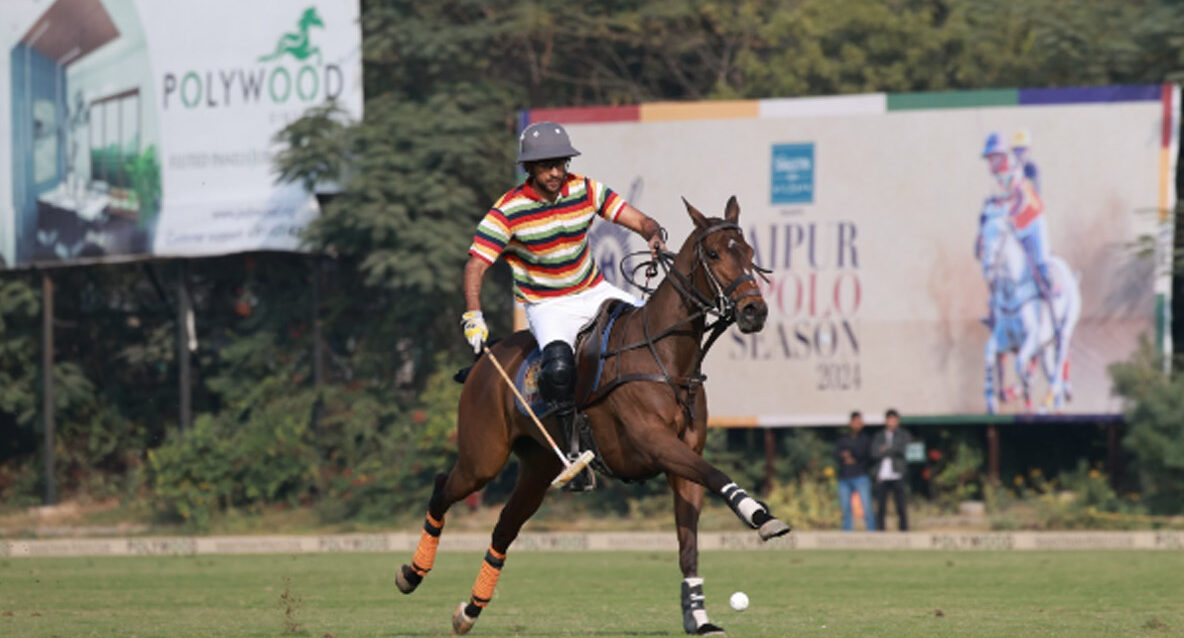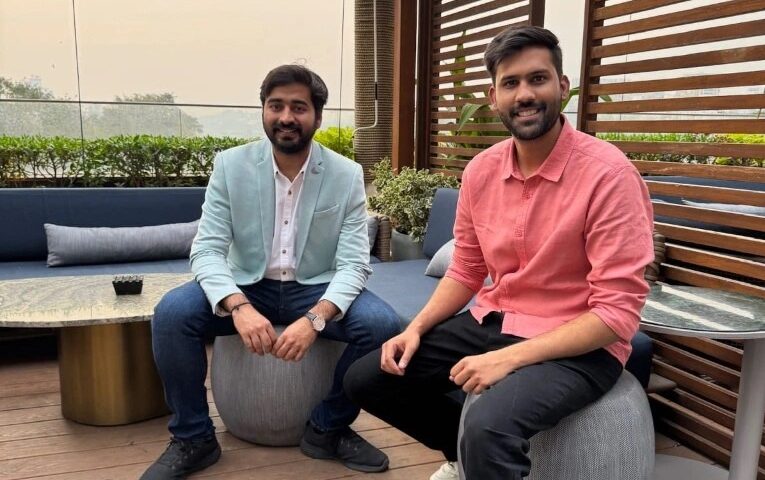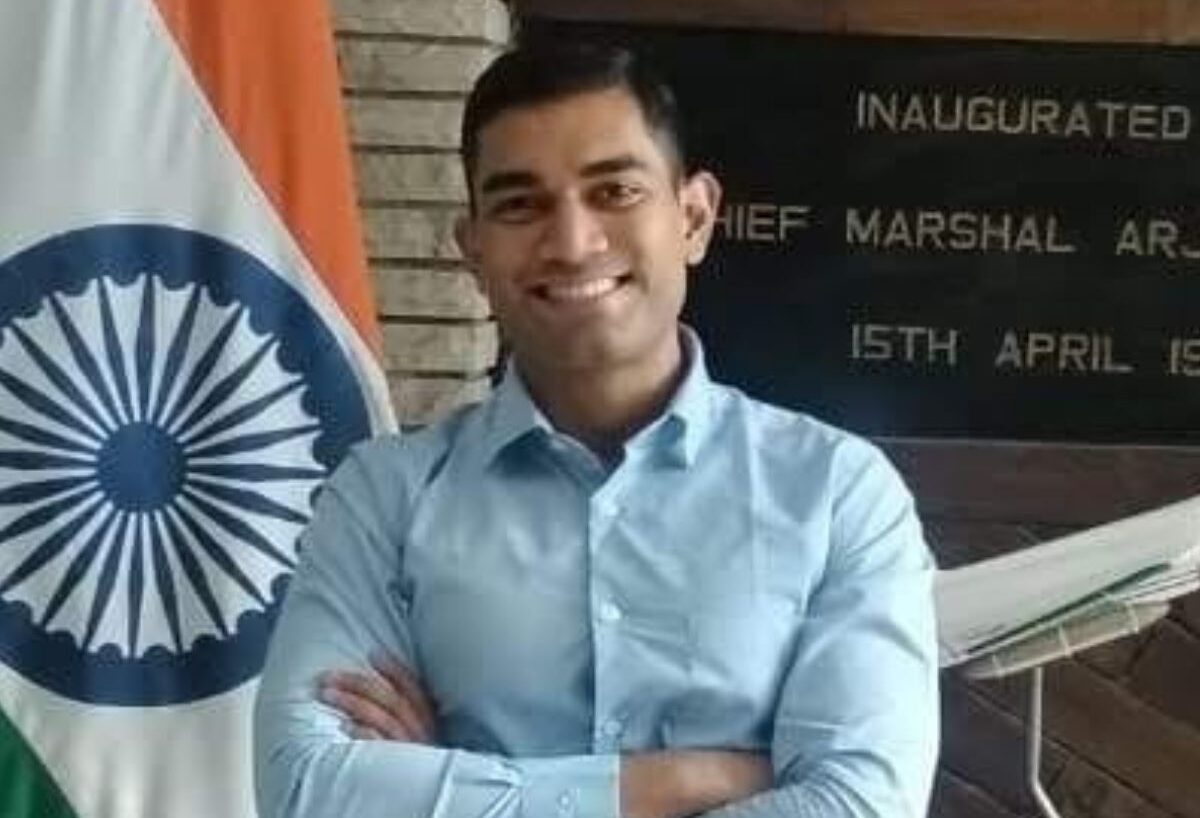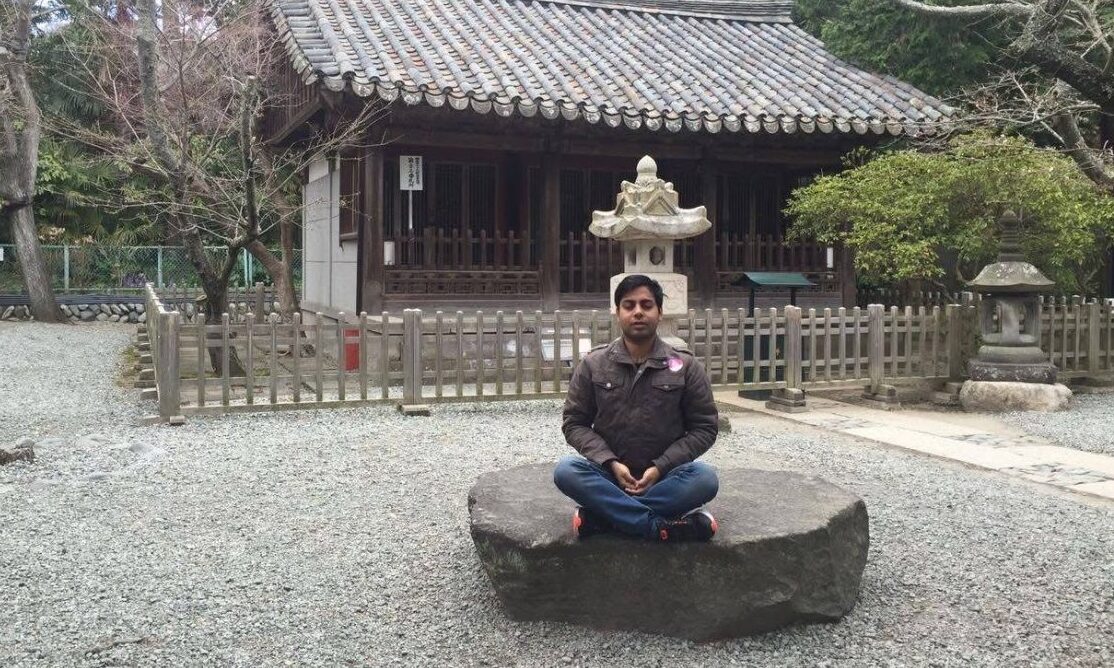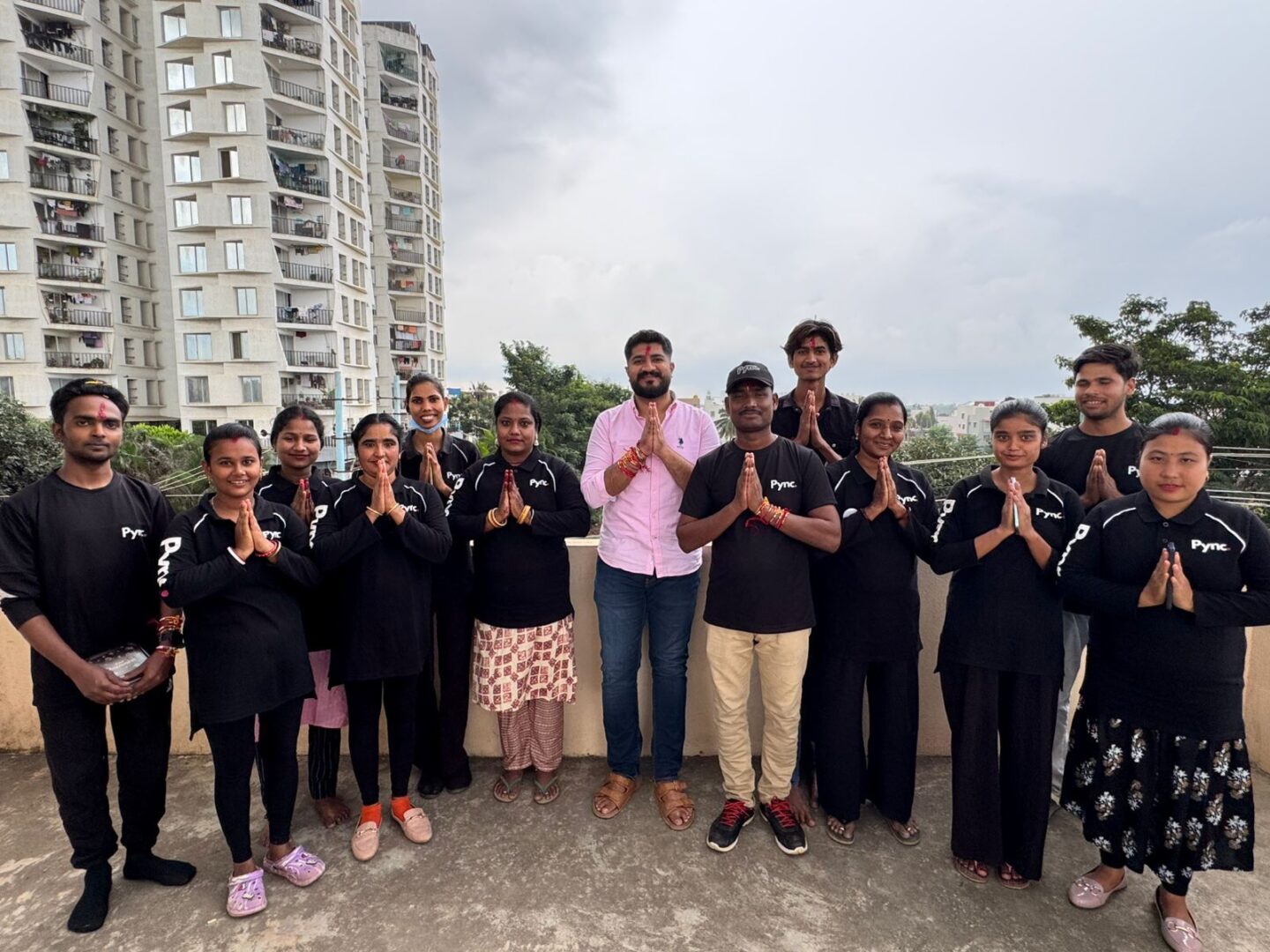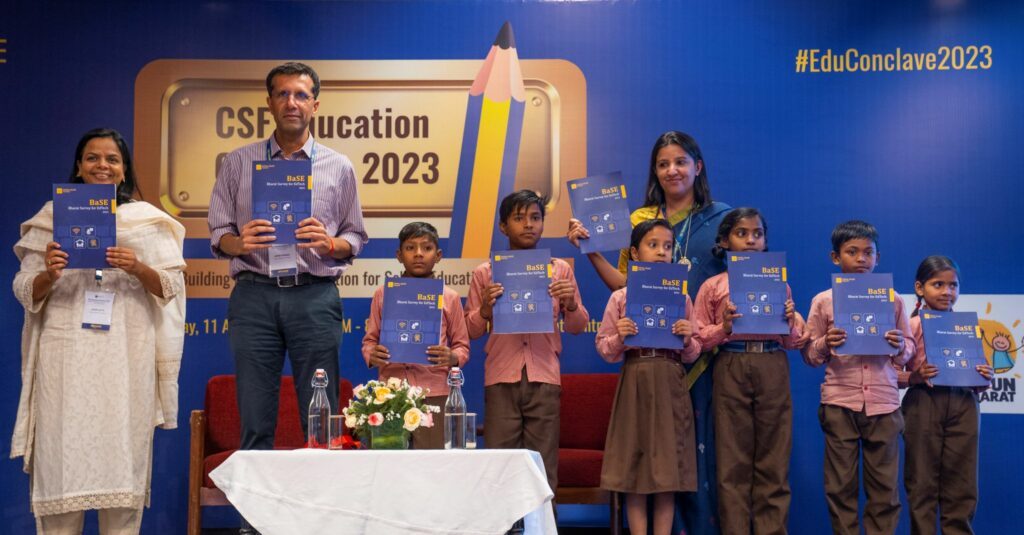Polo in India is not an everyday sport. It is an important part of the world of luxury, tradition, and a bit of old-school glamour. Green clad fields, beautiful horses, and an audience that has got a knack for the grandeur that life has to offer. But what about the business side? Are polo clubs rolling in money, or is it just for show?
Where Does the Money Come From?
Most polo clubs in India make their money from a few main sources:
- Membership Fees:
Joining a top club like the Royal India Polo Club (RIPC) isn’t cheap. Membership costs about Rs 1.25 lakh a year (that’s over $1,500), and the club keeps things exclusive-only about 50 members at a time, even though they get 100 requests every month! - Sponsorships:
Big brands love to be seen at polo matches. Clubs partner with luxury names like Ducati and US Polo Assn. These deals bring in a lot of cash, especially during tournaments. - Events and Parties:
Polo matches are social events-think fancy sundowners and after-parties. Clubs make extra money from ticket sales, food, and drinks at these gatherings. - Riding Schools:
Some clubs also offer riding lessons, but this is more about getting new people interested in the sport than making big profits.
Are Polo Clubs Actually Profitable?
It’s a mixed bag. For example, the Royal India Polo Club expected to make about Rs 4 crore (roughly $480,000) in a year, and they were hoping to finally turn a profit soon. But running a polo club is expensive! Just keeping a single horse healthy and happy can cost between Rs 25,000 and Rs 1 lakh per month. And most players need several horses.
Other clubs, like the Army Polo and Riding Club or the Amateur Riding Club in Mumbai, charge less for membership (anywhere from Rs 80,000 to Rs 3 lakh a year) and often subsidize riding lessons to get more people involved.
Prominent Polo Clubs in India
- Royal India Polo Club (Gurugram): Founded in 2019 by a former Army colonel and two MBAs, this invite-only club offers world-class infrastructure, horses, and training by professional polo players from the 61st Cavalry.
- Army Polo and Riding Club (Various Locations): One of the oldest and most respected clubs, it has a strong tradition and active polo scene.
- Aspen Riding and Polo Academy (Delhi NCR): Known for training and promoting polo players, part of the flourishing polo ecosystem in the National Capital Region.
- Jaipur Polo Team / Jaipur Polo Club: With a royal heritage dating back to the early 1900s, this club is led by HH Maharaja Sawai Padmanabh Singh and is a dominant force in Indian polo.
- Rajasthan Polo Club (Jaipur): A historic club that continues to promote the sport in Rajasthan, linked closely with the Jaipur Polo Team.
- Chinkara Polo Club (Rajasthan): Another notable club in Rajasthan contributing to the growth of polo in the region.
- Gurgaon Polo and Equestrian Club: Offers polo and equestrian sports training, though it has faced operational challenges recently.
- Polo Palladio Jaipur: A newer, private members-only polo club in Jaipur, blending royal heritage with modern luxury and social memberships.
- Other regional clubs include the Imperial Riding and Polo Club (Udaipur), Polo Club of Vadodara, Madras Polo and Riding Club (Chennai), Andhra Pradesh Riding Club, Hyderabad Polo and Riding Club, and the Hyderabad Choughan Polo and Riding Club, reflecting the sport’s spread across India.
Fashion at Indian Polo Clubs
Fashion at Indian polo clubs blends elegance and tradition, reflecting the sport’s aristocratic roots.
Fashion and polo culture converge seamlessly in the exclusive collaboration between Indian designer Rajesh Pratap Singh and Argentina’s La Martina, showcased at Lakmé Fashion Week. This capsule collection reimagines La Martina’s iconic GUARDS Polo Club aesthetics through Singh’s signature craftsmanship, blending traditional polo heritage with contemporary Indian artistry.
The collection features meticulously crafted polo shirts and breeches made from premium Supima cotton and mercerised yarns, enhanced with hand-block printing and intricate embroidery inspired by Jaipur’s architectural motifs and miniature painting techniques. Singh incorporates hand-stitched uniform details and decorative trims reminiscent of colonial-era polo attire, while employing modern tailoring methods such as stretch fabrics, bias cuts, quilting, and pintucking to ensure agility and comfort.
The collection’s prints include digitally rendered artworks of polo players and “polo gods,” marrying historical influences with innovative textile techniques. Available in a range of sizes, these pieces capture the elegance and exclusivity of polo fashion while honoring its rich sporting legacy, positioning the collaboration as a refined expression of polo’s enduring cultural significance in India.
ALSO READ : Delhi Launches 400 Electric Buses Under DEVi Initiative









